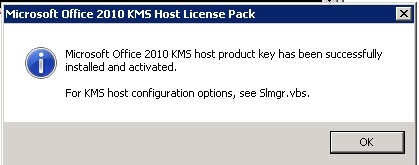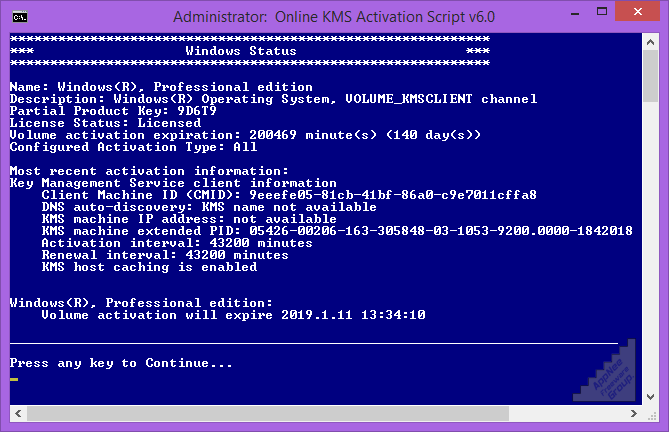
Installing Microsoft Office to an existing KMS configured (for Windows) vDisk Maintaining or Upgrading a vDisk Image enabled with vDisk Versioning that is currently using KMS Maintaining or upgrading a vDisk image that is currently using KMS Use the following scenarios to configure KMS accordingly: Configuring KMS for the first time to a pre-existing vDisk If a maintenance version is used, promote the maintenance version to production or test version set vDisk access mode from Private to Standard. Note – If the selected version of Provisioning Services supports versioning, the vDisk's private mode and maintenance version can be used interchangeably. Office and operating system are both 32-bit or 64-bit, %ProgramFiles% is Program Files.

32-bit Office in 64-bit operating system, %ProgramFiles% is Program Files (x86).Program Files folder - This will be referred to as %ProgramFiles% in this document. Office Folder – This will be referred to as %Office% in this document. The KMS configuration can be done in the following ways in accordance with various environments.You can configure KMS for: The SOAP/Stream Service account must be a member of a local administrator group in PVS Servers.Citrix recommends that administrators complete all the steps in the proper order for a successful configuration.Read all the scenarios to verify which one best fits your deployment and follow the procedures accordingly. The following section outlines the steps to configure KMS in various scenarios to accommodate specific deployment environments.

Note: Information in this article applies only to specified Windows OS and Office versions. Refer to the PVS documentation for more information about managing Microsoft KMS volume licensing. Alternatively, it can be configured at any time using the Console or MCLI/PowerShell command line interfaces. In PVS, the option for KMS is configured while building vDisks using the Imaging Wizard.

Refer to the Provisioning Services requirements for the operating system and Office supported in the latest version of Provisioning Services. This does not imply that the previously mentioned operating systems and Offices are supported in all versions of Provisioning Services.

Note: This is only a general guide for KMS with Provisioning Services.


 0 kommentar(er)
0 kommentar(er)
